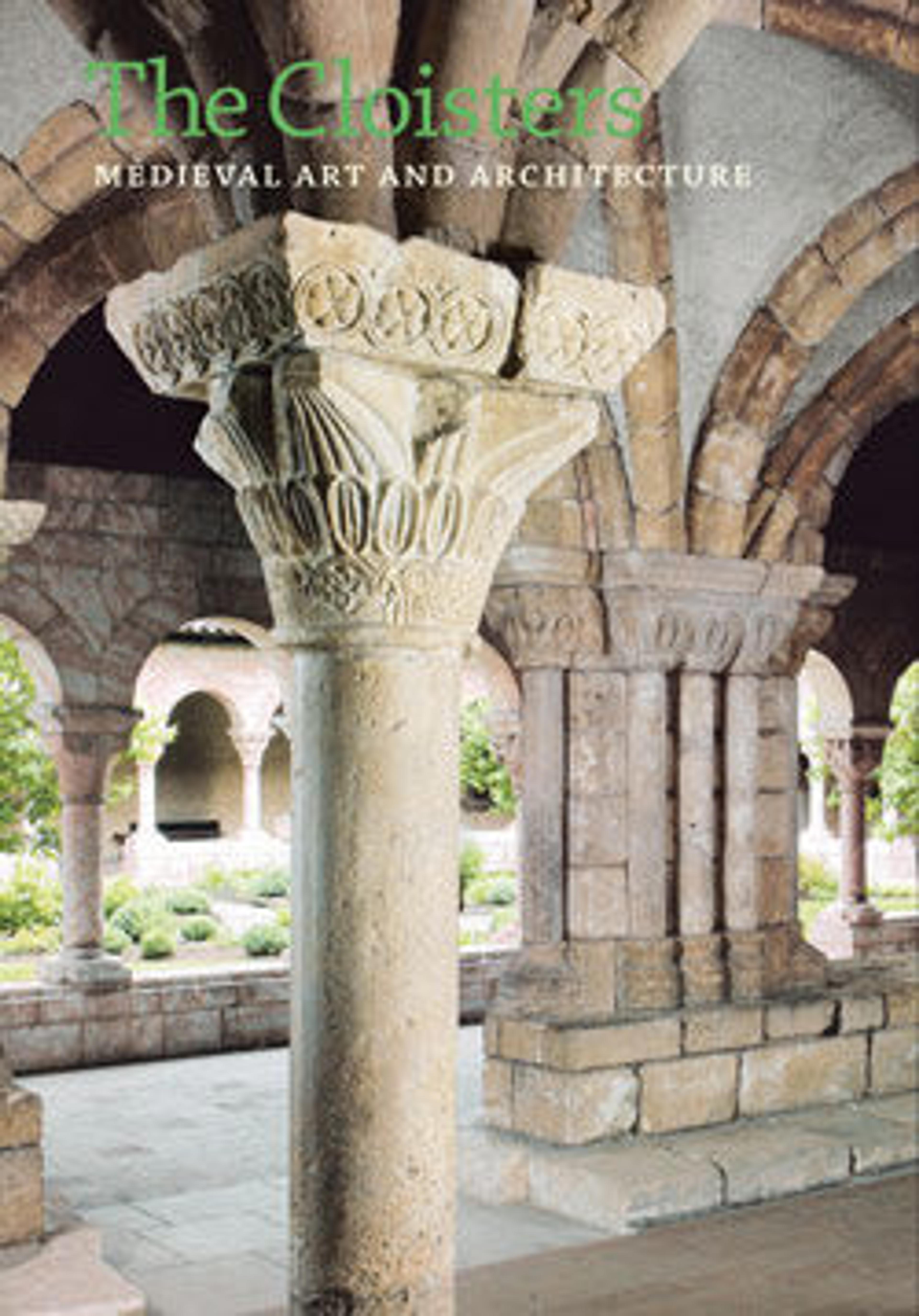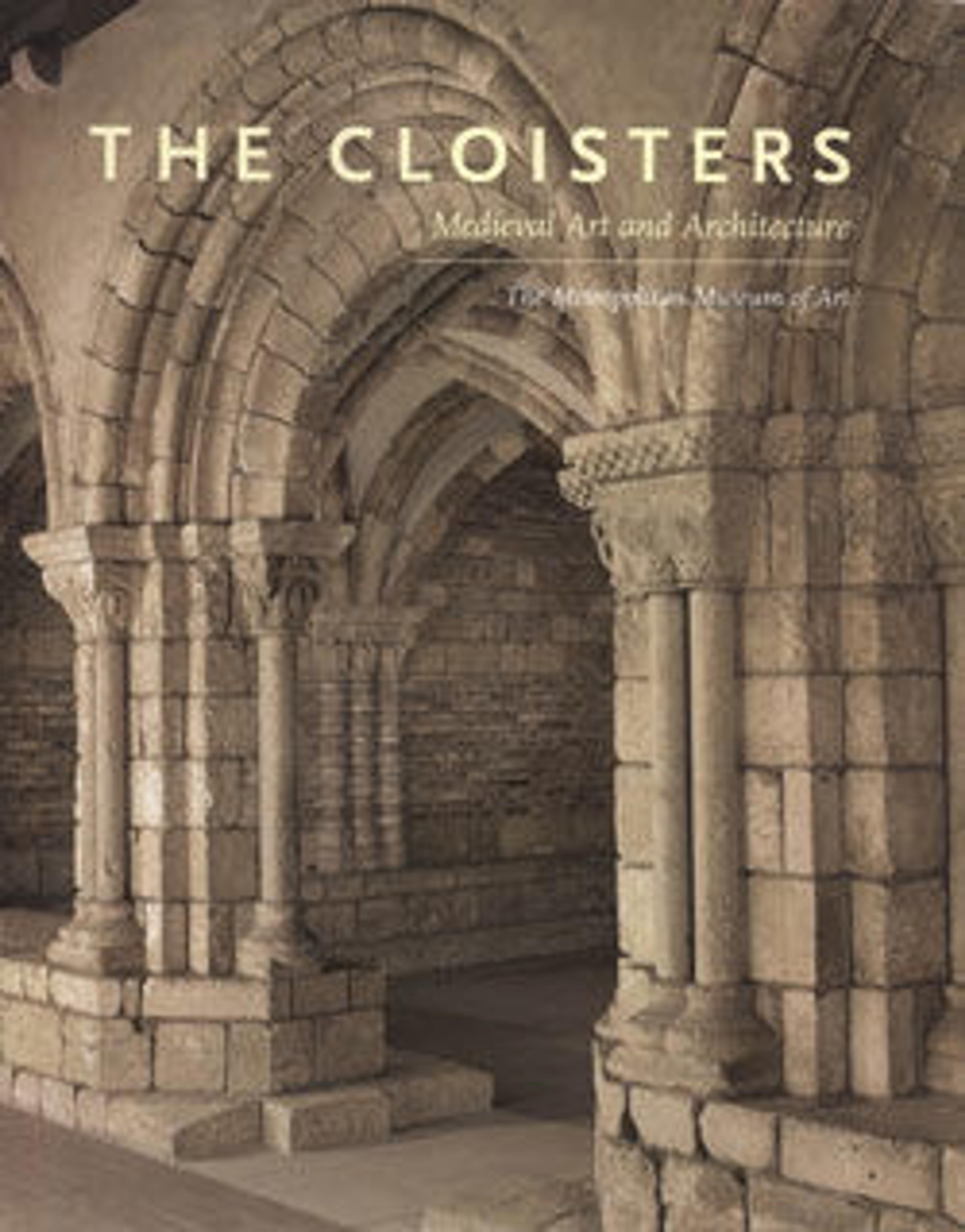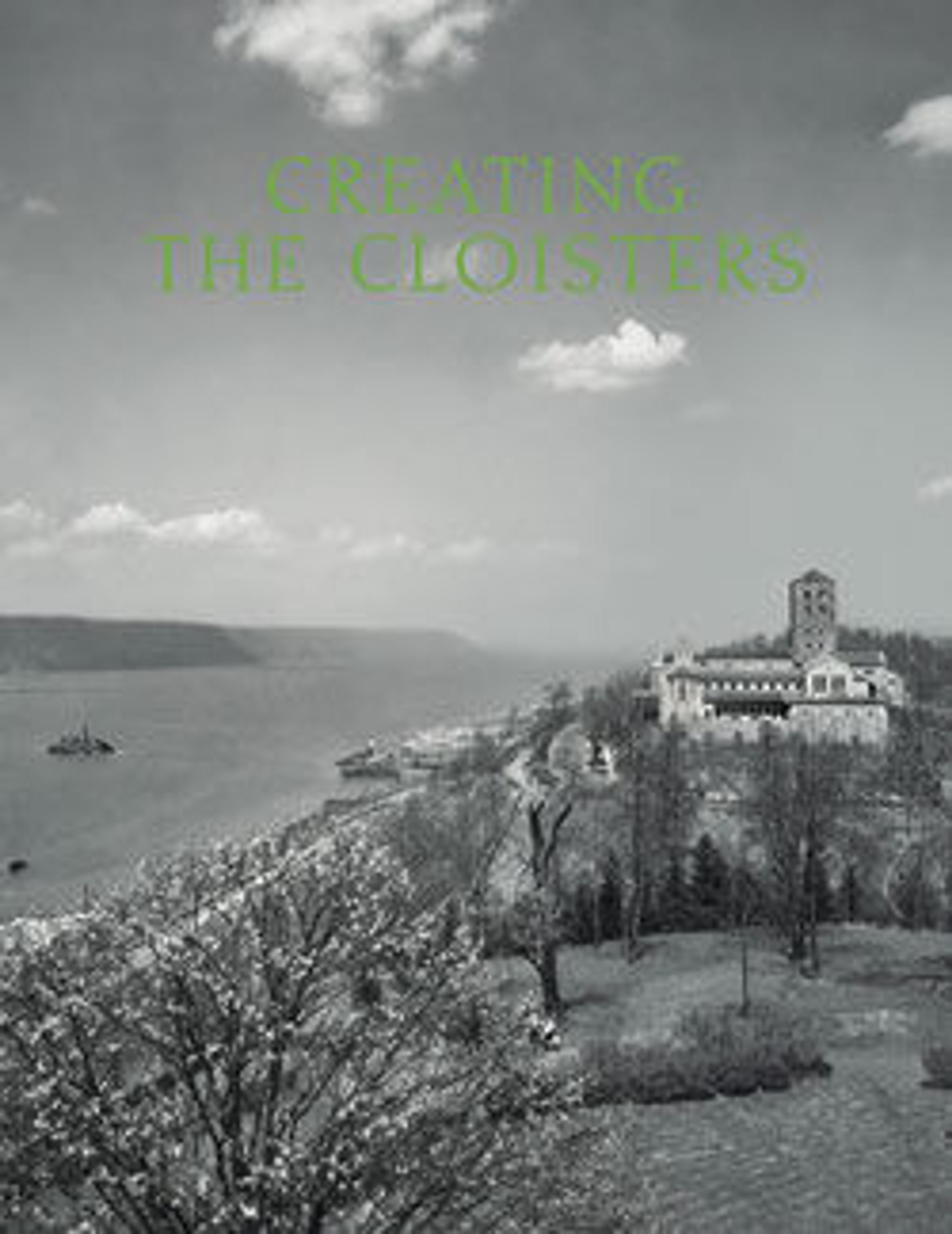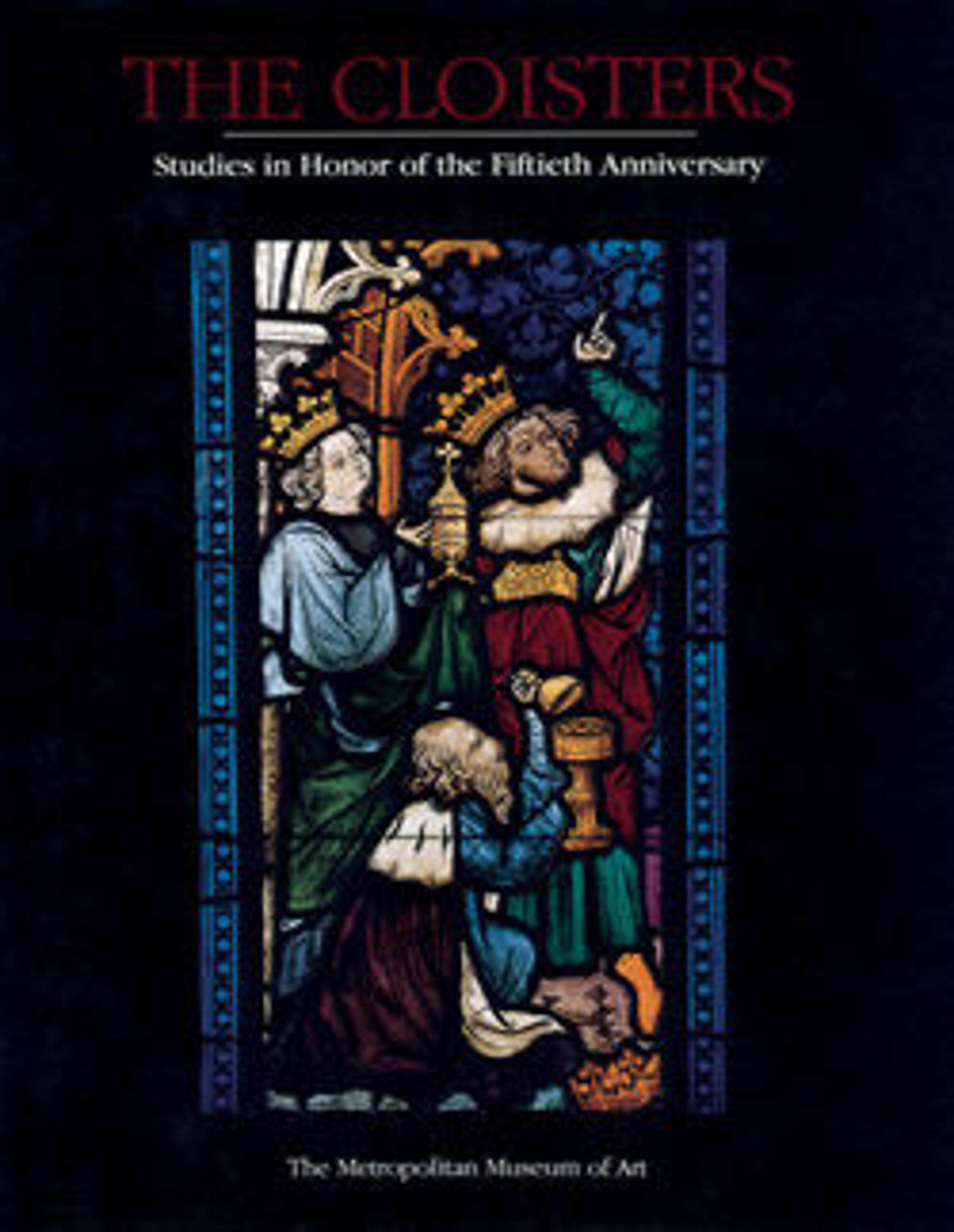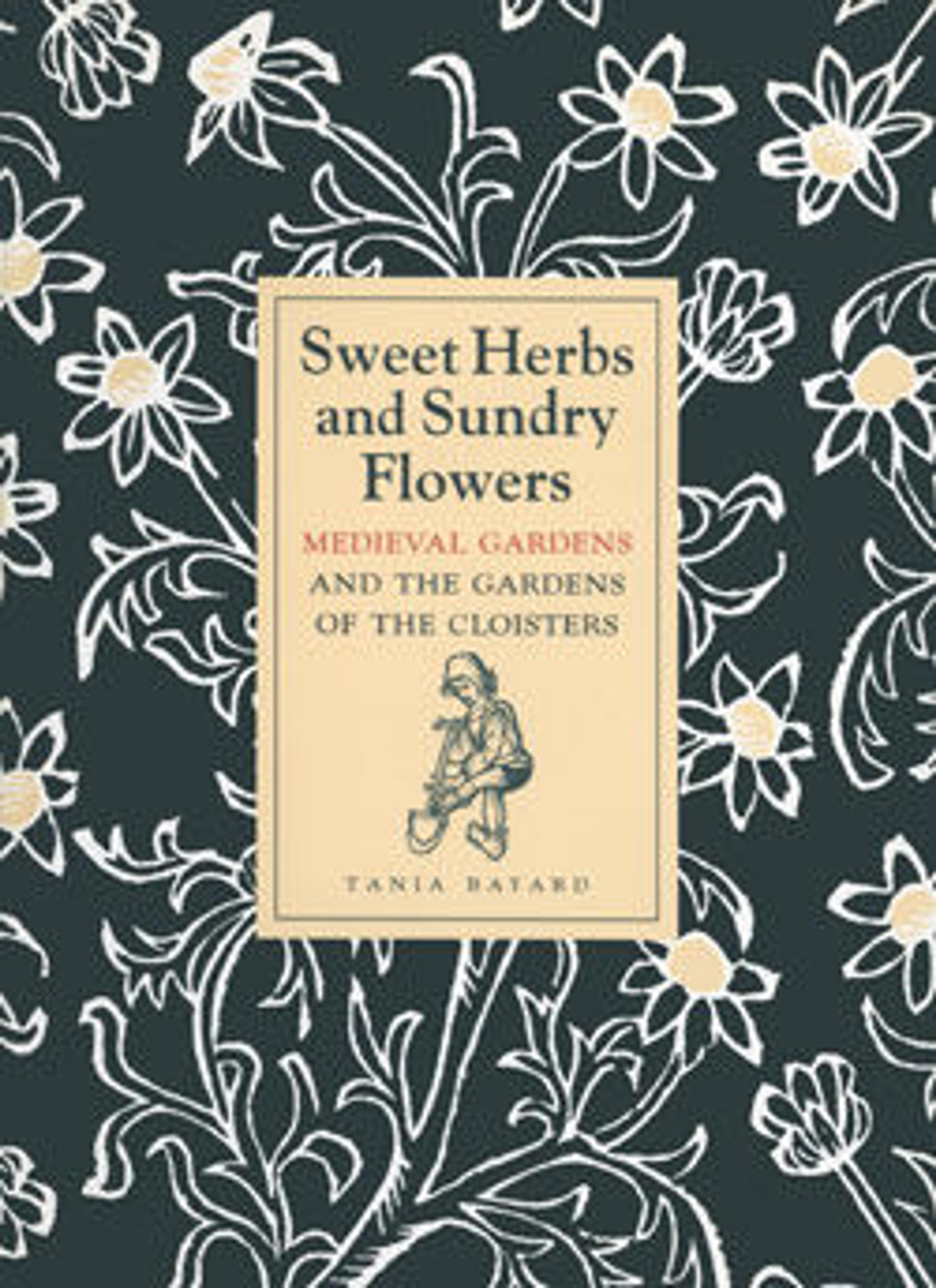The Cloisters: Medieval Art and Architecture
Home to an extraordinary collection of treasured masterworks, including the famed Unicorn Tapestries, The Cloisters is devoted to the art and architecture of medieval Europe. This splendid guide, published to celebrate The Cloisters' seventy-fifth anniversary, richly illustrates and describes the most important highlights of its collection, from paintings, illuminated manuscripts, and exquisitely carved sculptures to monumental architecture evocative of the grand religious spaces and domestic interiors of the Middle Ages. The Cloisters remains a testament to design innovation—a New York City landmark with sweeping views of the Hudson River—featuring original elements of Romanesque and Gothic architecture dating from the twelfth through the fifteenth century. These meditative spaces, including three beautiful gardens cultivated with species known from tapestries, medieval herbals, and other historic sources, combine artistic masterpieces with fragrant plantings and open vistas, offering visitors an oasis of serenity and inspiration—an experience that this book encapsulates and enhances.
Met Art in Publication
You May Also Like
Press the down key to skip to the last item.
Citation
Barnet, Peter, and Nancy Y. Wu. 2012. The Cloisters: Medieval Art and Architecture. 75th Anniv. ed., rev.Expanded. New York : New Haven: The Metropolitan Museum of Art ; Distributed by Yale University Press.
